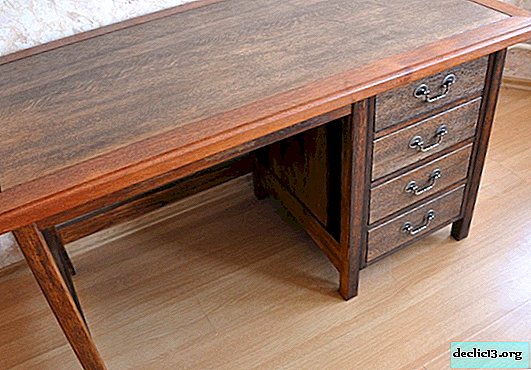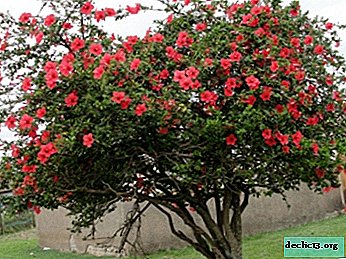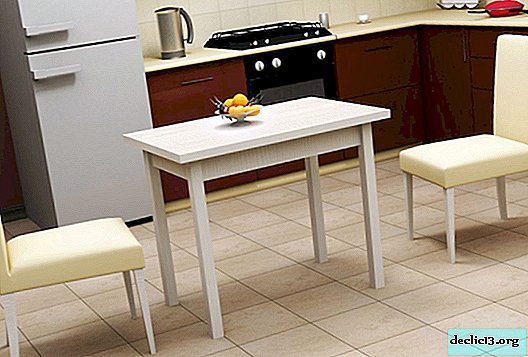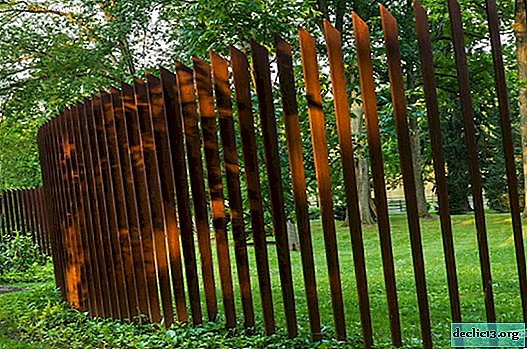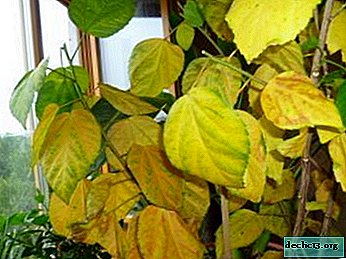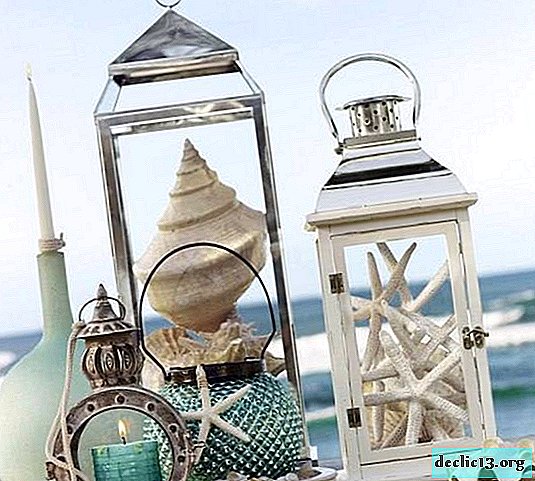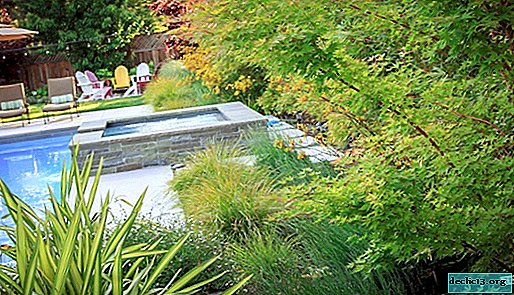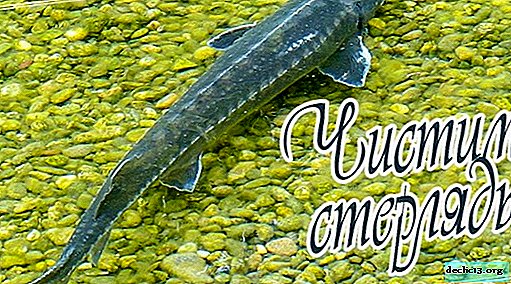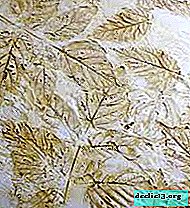Recommendations on how to get petunia seedlings from seeds at home

Petunias are photophilous and thermophilic flowers from South America, which Russian flower growers fell in love with for their long lush flowering. These plants are erect, creeping and densely branched; have whole leaves, pubescent by hairs; single funnel-shaped flowers; a shallow, rod root, which allows you to grow the plant in small containers.
Petunia prefers loamy and sandy loamy soils, requires fertilizing with mineral fertilizers once every 2 weeks, is drought-resistant, but suffers from stagnation of water in the soil, ceases to bloom in wet, cold weather. Therefore, it is important to know how to feed her.
Purchase and propagation of plants
Petunias are best propagated by the seeds from which seedlings are grown. (these are young plants sown in greenhouses, nurseries, hotbeds with the aim of planting then on a constant place of growth in open or closed ground). If you buy ready-made seedlings of petunia, you will have to pay for one plant from 50 to 100 rubles.
If you are wondering how to save on petunia seedlings, grow it yourself at home. But even with self-growing seedlings, you need to be prepared for the costs. The cost of a bag of seeds varies from 50 to 150 rubles, depending on the variety and quantity of seeds in one package. When buying seeds, do not dwell on one variety, and the germination of petunias often leaves much to be desired.
Seedlings are best grown in specialized soil, which is sold in packages of different volumes, the cost of a fifty-liter package of soil is more than 200 rubles.
When sowing and during growth, petunia seedlings must be fertilized, so fertilizers will be needed for feeding, the cost of which is from 70 to 250 rubles.After diving seedlings, you will need separate pots for each plant. The cost of one cassette (for 9 seedlings) is 60 rubles.
When and how to sow, plant, and grow petunia, we will consider further.
Sowing dates
When, after all, is it best to sow? Petunia is a photophilous plant. Seedling growth is very slow - an average of 2.5 - 3 months. In order for the flowers to please their flowering already in May, sowing should be done in January, while it is recommended to illuminate the seedlings with a phytolamp, otherwise it will die due to lack of light.
When the ampelous variety of petunias is sown for seedlings, they observe earlier sowing dates than for ordinary varieties. Sowing begins two weeks earlier and seeds are used in granules. In Central Russia, sowing seeds for planting flowers in open ground in May should be carried out from February 1 to February 15. In the Urals and Siberia, where the climate is colder, seeds are sown no earlier than the beginning of March, otherwise seedlings will outgrow.
Learn more about the timing and methods of planting petunias here.
Photo
See below for photos of petunia seedlings:




Useful Tips
Soil preparation
For petunia seedlings, loose, nutritious, neutral or slightly acidic soil is suitable., which can be purchased at the store. But the soil for planting can be prepared by yourself. To do this, mix two parts of sod land, humus, peat with one part of sand and shed the resulting soil with a weak solution of potassium permanganate.
Selection of varietal material
Poor germination of petunia seeds is the main problem of this plant. Therefore, they should be bought in trustworthy stores, be sure to find out the conditions and shelf life.
When acquiring pelleted seeds, one must remember that the shell dissolves only in well-moistened soil.We talked about how to collect petunia seeds on our own in this article.
Cultivation Methods
Sowing petunias can be done in three ways:
In a plastic box
- When seeds are sown, small expanded clay aggregate is poured onto the bottom, on top of which is prepared soil, the height of which should be 2 cm below the edge of the box.
- Also, when planted in this way, snow is laid out evenly on top of the soil and carefully packed. Sowing petunia seeds is best done in the snow. It is not necessary to submerge the seeds in the snow, since when it melts it will drag the seed into the soil.
- After that, the box is covered with a transparent film and left in a well-lit place at a temperature of 25 degrees.
Using peat tablets
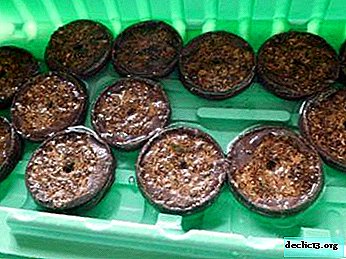 Peeled seeds are best sown in peat tablets soaked to swelling, from which excess water is then drained, and small tablets with a match head are pushed in each tablet, recesses and seeds are laid in the shell.
Peeled seeds are best sown in peat tablets soaked to swelling, from which excess water is then drained, and small tablets with a match head are pushed in each tablet, recesses and seeds are laid in the shell.- In order for the shell to melt, you need to use a pipette to drop water on the seed, wait until the shell softens, smear the mineral shell so that the seed is easier to germinate.
- Cover the container with tablets with a transparent film and place in a warm and well-lit place.
Plants that are properly planted in tablets do not need to be dived when transplanted into a separate cup.
Using cassettes
Cassettes can be used many times. In each cell are placed tablets with sprouted seedlings, and then only soil is added. For petunia seedlings, it is best to use cassettes with large cells. The height of the cells should be at least 10 cm. Next, the cultivation of flower seedlings is carried out in the usual manner.
Optimum temperature
Since petunia is a heat-loving plant, its seeds germinate best at a temperature of 25 degrees. Subject to temperature conditions, seedlings will appear after 5-7 days. It is necessary 2 times a day to ventilate the room where the shoots are: for this, the film is removed, the condensate is wiped on it, and the crops are ventilated for 20 minutes, the next day - 40 minutes and so on. The temperature should also be gradually reduced to 20 degrees during the day and 16 at night.
Thinning seedlings
A necessary condition is the development of a strong plant. Seedlings at first grow very slowly, as they build up the root system. If the seedlings are frequent, then they must be thinned out with tweezers. When the seedlings begin to support the film, it should be removed, but the soil moisture should be maintained at the same level.
Daylight hours
Petunias need a lot of light around the clock! Plant seedlings will be saved by illumination.therefore The first 2-3 weeks of growth of petunia should be highlighted with a phytolamp around the clock, and in the future daylight hours can be reduced to 13-15 hours. The lamp should be located 20 cm from the plant.
Moisture balance
 Waterlogging of the soil in which young petunia grows leads to fungal diseases, and drying out destroys it. A drip irrigation with a syringe is good, since it directly supplies the roots with moisture and does not provoke various diseases of the stems and leaves of the plant due to dropping water on them.
Waterlogging of the soil in which young petunia grows leads to fungal diseases, and drying out destroys it. A drip irrigation with a syringe is good, since it directly supplies the roots with moisture and does not provoke various diseases of the stems and leaves of the plant due to dropping water on them.
It is better to apply watering through a pallet. To create the necessary humidity, you need to use the settled water, the temperature of which should be room temperature or 1-2 degrees higher.
Topping
It is important not to miss the time in the development of the flower when the formation of an adult bush begins. Pinch the petunia over 4-5 leaves, breaking the top of the shoot with a growth point, so that later a new shoot grows from the sinus of each leaf. After 2 weeks, pinching can be repeated, forming a bush of the plant as desired. Ampel petunia does not need to be pinched.
Pick
- After a pick (transplant), you should gradually begin to prepare the plant for planting in open ground. To do this, it is necessary to carry out the daily hardening procedure in the open air, starting from 15-20 minutes, and from mid-May - to transfer the seedlings to the balcony or veranda around the clock.
- The soil for the petunia must be carefully dug up, removing all weeds and fertilizing with humus.
- Petunia should be planted in open ground in cloudy weather or after sunset, to make holes at least 10 cm deep (the distance between plants depends on the species: large-flowered plants are planted at a distance of 25 cm, small-flowered plants are 18-20 cm, ampelous plants are 28-30 cm )
- It is necessary to water the seedlings well and shake the earth with a lump of earth from a glass into a hole.
- After planting, good watering and mulching with peat or humus is required.
- The first few days, it is better to cover the plant from direct sunlight with cardboard boxes.
Remember that following all the tips for growing petunia seedlings will ensure plentiful flowering of petunias for several months.

 Peeled seeds are best sown in peat tablets soaked to swelling, from which excess water is then drained, and small tablets with a match head are pushed in each tablet, recesses and seeds are laid in the shell.
Peeled seeds are best sown in peat tablets soaked to swelling, from which excess water is then drained, and small tablets with a match head are pushed in each tablet, recesses and seeds are laid in the shell.
